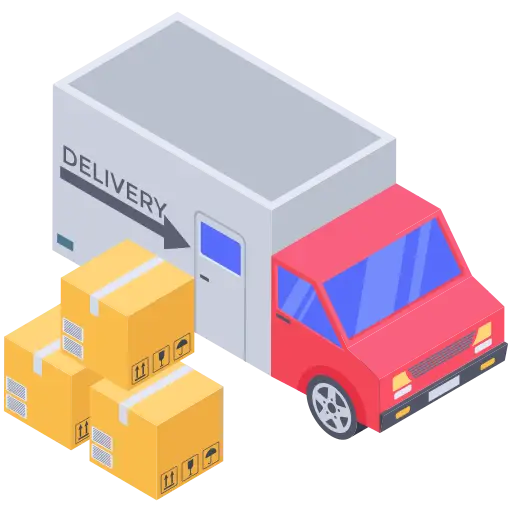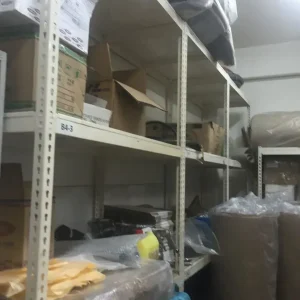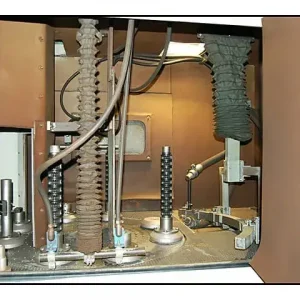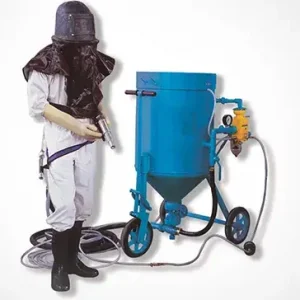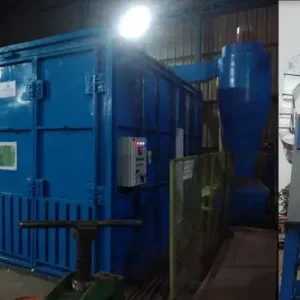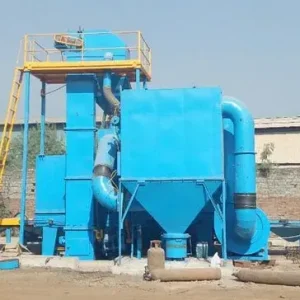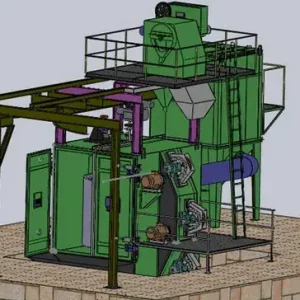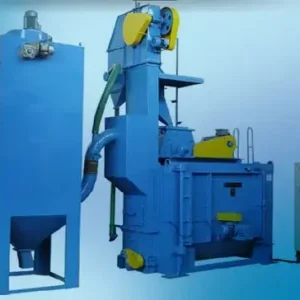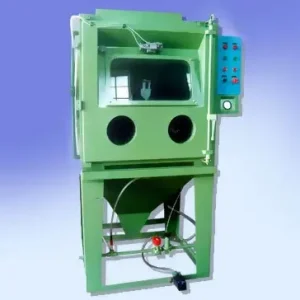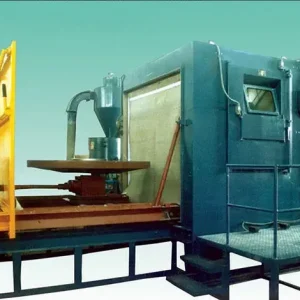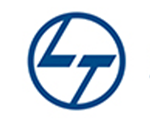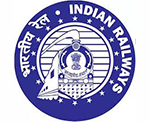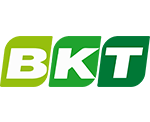In industrial surface preparation, every industry has unique requirements — from the type of components being blasted to the level of surface finish desired. That’s why a customized blast room is often the most efficient, safe, and cost-effective solution. In this blog, we’ll explore how to tailor a blast room to meet your industry’s specific needs and achieve optimal performance.
Understand Your Industry’s Requirements
Before customization begins, identify the following:
- Material Type: Steel, aluminum, concrete, or composites all react differently to abrasive blasting.
- Surface Finish Standards: Automotive, aerospace, and shipbuilding industries require specific surface roughness levels (e.g., SA 2.5 or NACE standards).
- Production Volume: High-production environments may need automated or semi-automated systems for consistent throughput.
Example:
- Shipyards need large walk-in blast rooms for hull maintenance.
- Aerospace needs precision blasting with controlled abrasive flow.
- Automotive requires clean booths with fast recovery systems for coating prep.
Choose the Right Size and Layout
The room size depends on the largest workpiece to be blasted and the handling method.
- Small Parts: Use compact rooms with manual blasting setups.
- Large Fabrications: Opt for full walk-in blast rooms with trolley or monorail systems.
Layout optimization ensures smoother operator movement, material handling, and dust control.
Select the Suitable Abrasive Recovery System
Different industries use different abrasives and recovery needs:
- Mechanical Recovery: Ideal for steel grit or heavy abrasives used in foundries and shipyards.
- Vacuum Recovery: Perfect for light-duty or smaller operations with limited floor space.
A proper recovery system ensures less downtime and a cleaner environment.
Ventilation and Dust Collection Customization
Industries such as defense or aerospace demand precise dust control to ensure operator safety and maintain air quality standards.
- Use cross-draft or down-draft ventilation for consistent airflow.
- Integrate high-efficiency cartridge filters or baghouse collectors for clean air recirculation.
Proper ventilation not only enhances visibility but also prolongs the life of components and equipment.
What is Sand Blasting? Key Processes Explained
Eco-Friendly Alternatives in Sand Blasting
How to Choose the Best Shot Blasting Manufacturer in Rajasthan
Automation & Control Features
- Robotic Blasting Arms: Great for repetitive or intricate parts.
- Programmable Control Panels: Allow precise pressure and media flow adjustments.
- Safety Interlocks & Sensors: Prevent accidents and ensure compliance with industrial safety norms.
Automation helps maintain quality consistency and reduce labor fatigue — ideal for industries like automotive manufacturing or heavy machinery production.
Ensure Operator Safety & Comfort
Customizations such as noise insulation, LED lighting, anti-slip flooring, and temperature control can greatly enhance working conditions.
Safety accessories like blast suits, helmets, and fresh air respirators must align with your industry’s regulations.
Long-Term Maintenance Planning
A customized blast room should also include easy maintenance features, such as:
- Quick-access panels for filter changes
- Modular wall linings for easy replacement
- Real-time monitoring for dust and airflow
This ensures consistent performance and reduced downtime.
Conclusion
Customizing a blast room is not a one-size-fits-all task. By analyzing your industry’s specific requirements — from part size to abrasive type and safety standards — you can design a system that improves efficiency, safety, and environmental performance.
A well-designed blast room is an investment that pays off in better quality, lower costs, and longer equipment life.

